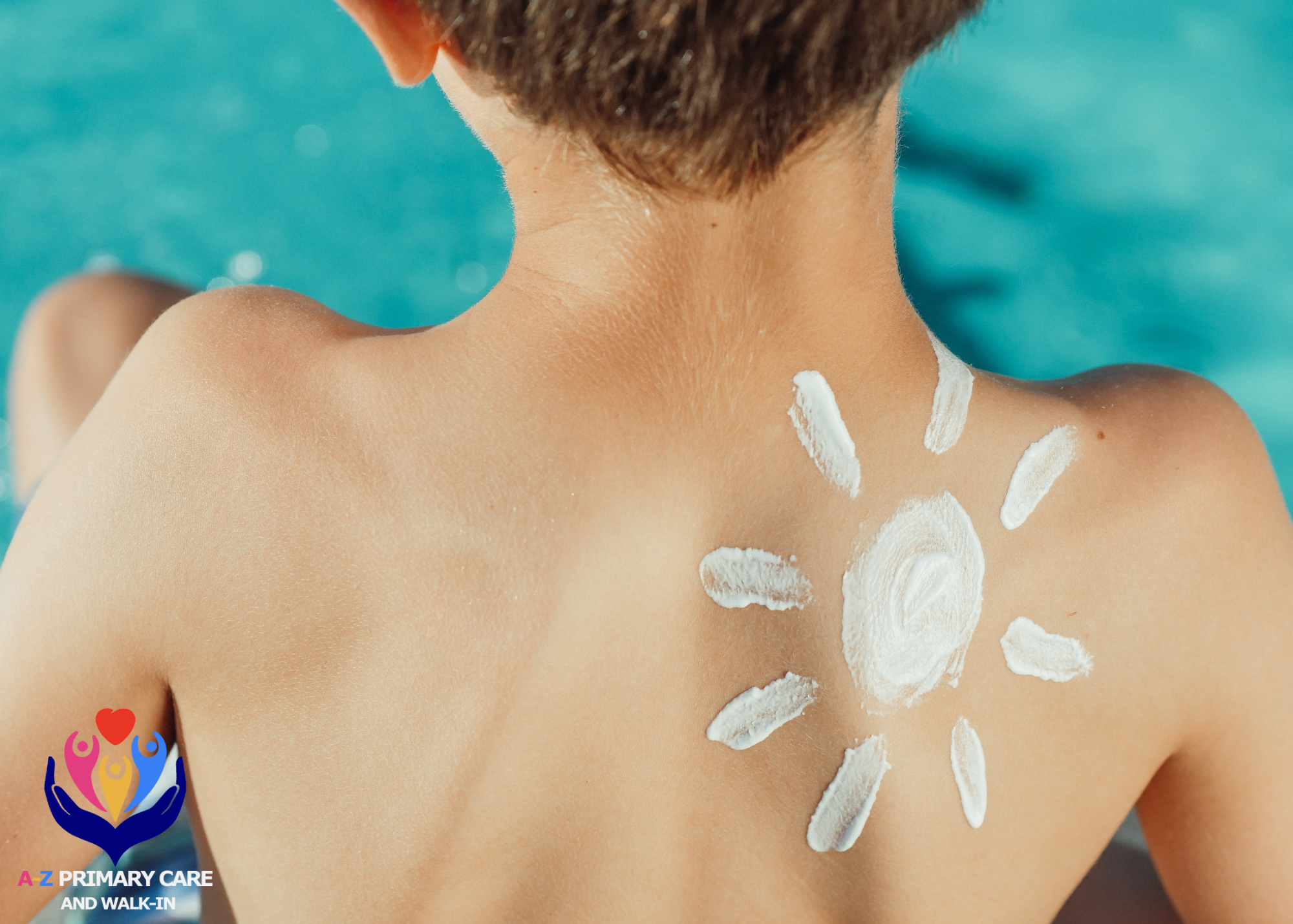Spending time outdoors is one of the best ways to stay active, connect with loved ones, and enjoy fresh air. However, protecting your skin from the sun’s harmful ultraviolet (UV) rays is essential for preventing skin damage, premature aging, and even skin cancer. Regardless of age, ensuring proper sun safety is vital for everyone in your family.
This guide offers practical tips for protecting your skin, from the youngest to the oldest members of your household, so you can enjoy sunny days without worry.
Why Sun Safety Matters
UV rays from the sun can damage skin in as little as 15 minutes. Prolonged exposure can lead to painful sunburns, eye injuries, premature wrinkles, and, most importantly, an increased risk of skin cancer. According to the CDC, skin cancer is the most common form of cancer in the United States, often resulting from too much exposure to UV light.
The good news? You can significantly reduce these risks by adopting reliable sun protection practices.
1. Sunscreen Use
Sunscreen is your first line of defense against harmful rays. Here’s what you need to know about choosing and using sunscreen effectively.
Choosing the Right Sunscreen
- Broad-Spectrum Protection: Opt for sunscreens labeled “broad-spectrum” as they protect against both UVA and UVB rays.
- SPF 30 or Higher: Use sunscreen with an SPF of at least 30. It provides 97% UVB protection, while higher SPFs offer slightly more.
- Water-Resistant Options: If you’ll be swimming or sweating, choose a water-resistant sunscreen to prevent it from wearing off quickly. Look for products that retain effectiveness for 40–80 minutes in water.
How to Apply Sunscreen
- Apply a generous amount of sunscreen to all exposed skin. Don’t forget areas like the ears, back of the neck, and tops of the feet.
- Sunscreen should be applied 15–30 minutes before heading outdoors to allow time for absorption.
- Reapply every two hours, or immediately after swimming, sweating, or drying off with a towel.
For children under six months, it’s best to avoid direct sunlight and rely on protective clothing and shade. Use sunscreen on small exposed areas as a last resort.
2. Protective Clothing
Clothing is a physical barrier that can shield your skin from the sun’s rays.
What to Wear
- Long-Sleeved Shirts and Pants: Lightweight, tightly woven fabrics offer the best protection. Hold garments up to the light; if you can’t see through them, they’re effective sun shields.
- UV-Protective Clothing: Look for clothing with an Ultraviolet Protection Factor (UPF) label for added safety.
- Hats with Wide Brims: Choose hats that provide shade for your face, ears, and neck. Avoid straw hats with gaps that allow sunlight to peek through.
For Kids
For young children, hats are especially crucial. Wide-brimmed or legionnaire-style hats work best to shield delicate skin.
For the Beach or Pool
A swim shirt or rash guard is highly effective for blocking sun exposure during water activities.
3. Timing Outdoor Activities
The intensity of UV rays is highest during specific hours of the day.
Best Times for Outdoor Fun
Plan your outdoor activities early in the morning or late in the afternoon, typically before 10 a.m. and after 4 p.m., when UV rays are weakest.
Monitor the UV Index
Check your local UV Index before heading outside. If the index is 3 or higher, take extra sun precautions. Resources like the UV Index tool provide real-time updates to help you plan your day safely.
4. Seek Shade
When the sun is at its peak, seek out shaded areas to reduce exposure.
Where to Find Shade
- Use umbrellas, trees, or picnic shelters to create shade.
- For long outdoor events, consider a pop-up canopy or portable tent for added protection.
Even in the shade, UV rays can reflect off surfaces like water, sand, and concrete. Be sure to combine sunscreen, clothing, and shade for comprehensive sun safety.
5. Eye Protection
The sun’s rays can harm your eyes, increasing the risk of cataracts and other issues.
Sunglasses Tips
- 100% UV Protection: Choose sunglasses that block 99%–100% of UVA and UVB rays.
- Wrap-Around Styles: These prevent UV rays from sneaking in from the sides.
- Kid-Friendly Options: Allow kids to pick their favorite designs—they’re more likely to wear them consistently.
6. Stay Hydrated
Sun exposure paired with physical activity can quickly lead to dehydration. Carry water, juices, or electrolyte drinks to ensure everyone stays hydrated.
7. Tips for Sun-Sensitive Individuals
Certain medications, including some antibiotics and acne treatments, can make skin more sensitive to UV rays. Speak with your doctor or pharmacist if you or your children are taking medications that may increase sun sensitivity.
8. Sun Safety for All Ages
For Babies and Toddlers
Babies under six months should avoid direct sunlight. Always use a stroller canopy or lightweight blanket for shade. For older toddlers, hats, sunglasses, and sunscreen are excellent tools for protection.
For Teens and Adults
Teens often spend more time outdoors, whether it’s for sports, internships, or social activities. Reinforce the importance of sunscreen and make it a habit rather than an afterthought. Adults working outdoors should follow all the guidelines for clothing, sunscreen, and hydration.
For Seniors
Older adults often have thinner skin, making them more susceptible to sunburn and damage. Focus on lightweight layers and wide-brimmed hats to offer skin protection.
Call to Action
Sun safety is a lifelong habit that benefits every member of your family. With a little preparation, you can enjoy your time outdoors while reducing the risks of sun damage.
Protect your skin today and invest in your health. Schedule a consultation with A-Z Primary Care for expert advice on maintaining your skin’s health year-round. Visit www.azprimaryclinic.com or call 281-801-4286 to book your appointment.
Safe sun practices are simple to follow and crucial for good health. Start implementing these tips for a worry-free summer and beyond!

